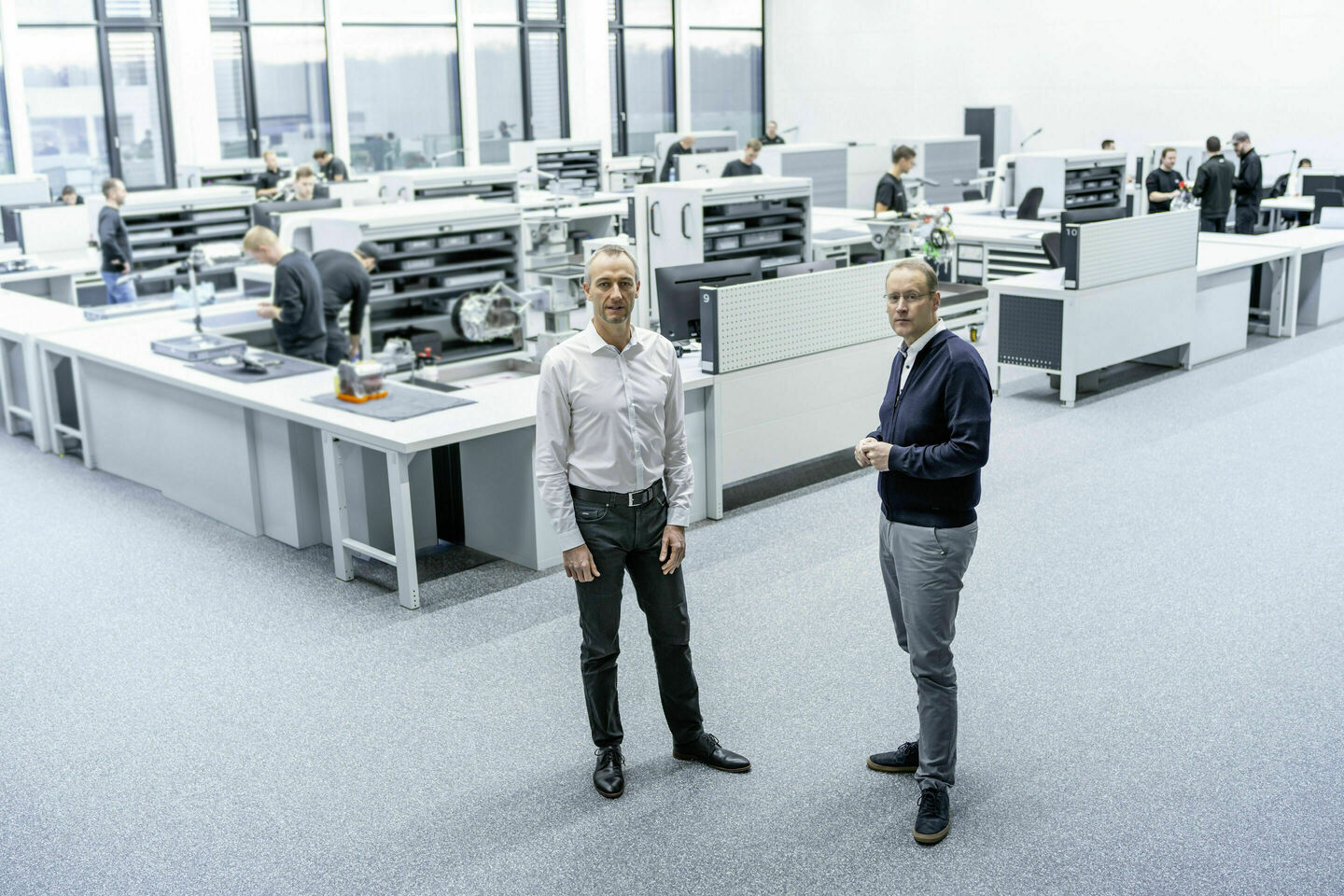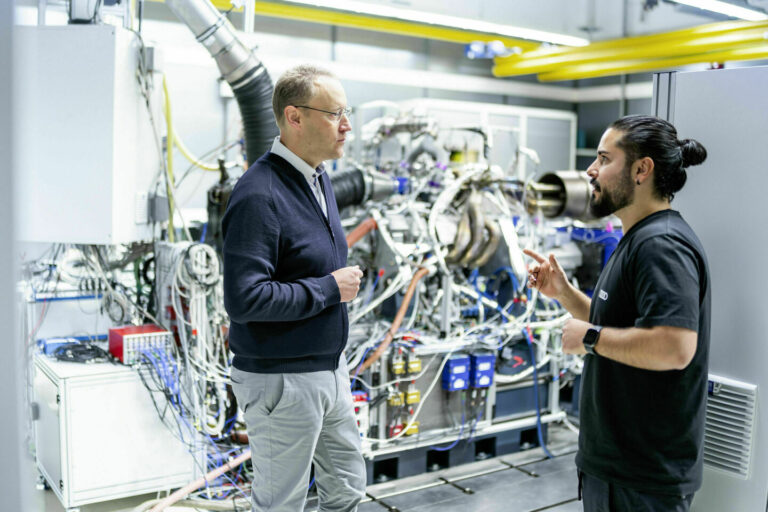Work on the power unit for Audi’s 2026 Formula 1 entry has been underway for more than two years in Neuburg at Audi Formula Racing, under the direction of CEO Adam Baker and CTO Stefan Dreyer, who have provided an insight into the status of the project.
“After just two years, our power unit, consisting of a combustion engine, electric motor, battery and control electronics, is running dynamically on the test bench. The Audi Power Unit has already covered simulated race distances on the test bench,” said Baker.
“We gained a lot of testing time with the individual components in 2023 and were able to incorporate the experience gained into the next construction stages in parallel. Significant milestones and goals have been achieved, which gives the entire team a good feeling.”

Updates to F1 engine facilites
According to Dreyer, the F1 project required considerable upgrading and modernizing of its facilities. “Today, we have 22 state-of-the-art test benches at the site. Our new development tools are state-of-the-art and have enabled us to achieve a steep learning curve,” he said.
“By testing on the test bench under simulated racing conditions we gain important insights in this phase of the project. After the successful race distances with the power unit we will soon be doing the same with the entire drive system, which means the combination of power unit and transmission. At the same time, we are going full throttle with performance development in order to achieve the goals we have set ourselves.”
Dreyer added that track-specific development has reaped benefits: “Las Vegas is interesting for our development team in terms of overall energy management. Several alternating fast and slow corners and almost two kilometers of full throttle driving on the Las Vegas Strip provide the perfect development environment for fine-tuning the combustion engine and the ERS (energy recovery system) components.”
Dreyer also highlighted that it was particularly important to establish a broad base of expertise in all areas, to create a good foundation for the development of the individual components – combustion engine, electric motor, battery, control electronics, software.
“Our experience from previous motorsport projects with high-voltage technology, Le Mans, Formula E, but also from the current Dakar project, has helped us a lot,” he said. “We have already proven in the past that we can develop conventional, hybridized and purely electric drivetrains. Nevertheless, the challenge in Formula 1 is a completely different one in terms of cutting-edge technology and competition. This also applies to our partners and suppliers – we are experiencing a very strong commitment from all sides.”
Audi’s power unit team has already hit several important milestones since it began the project in spring 2022, from firing up its single cylinder test engine to the current running of its V6 engine and electric motor over a complete race distance.
“The fact that our entire team can fully concentrate on the development of the power unit for 2026 is an advantage for Audi,” said Baker. “The remaining time until 2026 is all about achieving our development goals in terms of maximum overall vehicle performance with full focus.”



